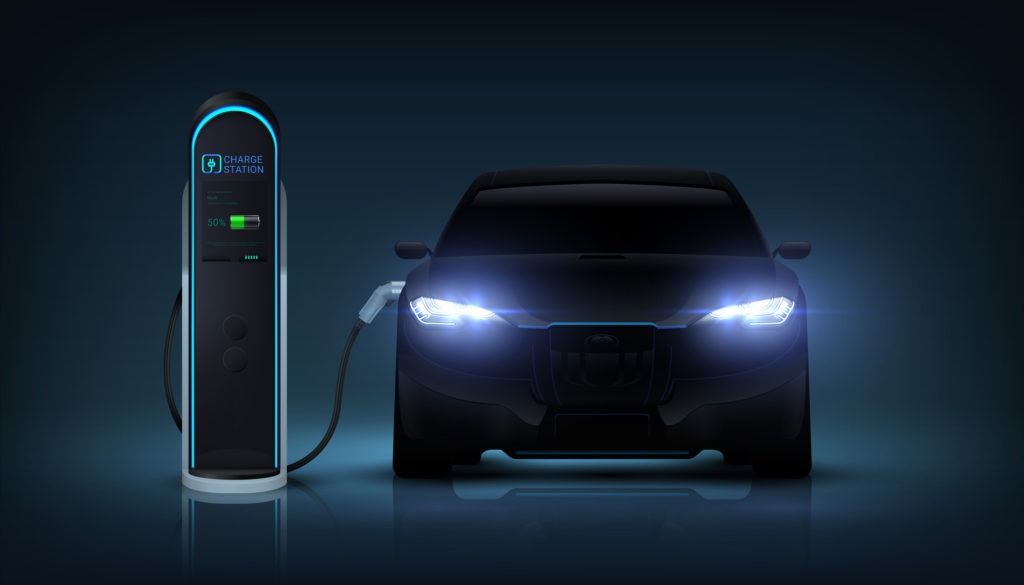Table of Contents
The race to dominate the electric vehicle (EV) market is intensifying as automakers worldwide accelerate their efforts to develop more efficient, affordable, and sustainable electric cars by 2025. The competition is marked by rapid advancements in battery technology, autonomous driving features, and innovative design, with major players like Tesla, Ford, General Motors, Volkswagen, and up-and-coming EV startups vying for market leadership. As the industry approaches this pivotal year, understanding the innovations, key models, and strategic approaches of different manufacturers is essential to grasp the future of the automotive sector.
Advancements in Battery Technology: The Heart of the EV Revolution
Battery technology is at the core of the electric car race, determining range, charging speed, cost, and overall performance. Recent breakthroughs in solid-state batteries, which promise greater energy density, faster charging times, and enhanced safety, could be a game-changer for the industry. Companies like Toyota and QuantumScape are making significant strides in this area, with Toyota planning to introduce solid-state batteries in its EVs by 2025 (Car and Driver).
Meanwhile, Tesla continues to push the boundaries with its new 4680 battery cells, which could increase range by 16% and reduce production costs by more than 50%. According to Electrek, these cells are expected to debut in Tesla’s upcoming models, such as the Cybertruck and the next-generation Model Y, positioning Tesla well ahead in the EV battery race.
Innovative Models and Key Players: A Look at the Lineup to 2025
The next few years will see an influx of new electric vehicles from traditional automakers and new entrants. Tesla remains a dominant force with models like the Cybertruck, which offers a futuristic design, over 500 miles of range, and rapid acceleration. Tesla’s Full Self-Driving (FSD) technology, which is continuously updated via over-the-air software improvements, also sets it apart from many competitors.
Ford is betting big on its all-electric Mustang Mach-E and the upcoming F-150 Lightning, a fully electric version of America’s best-selling pickup truck. The F-150 Lightning, expected to launch in 2024, boasts up to 320 miles of range, bi-directional charging, and a competitive starting price of around $40,000, making it a formidable contender in the electric pickup market (Ford Official Site).
Volkswagen, with its ID. family of electric vehicles, aims to produce over 1.5 million EVs by 2025. The ID.4 SUV and the upcoming ID. Buzz microbus are designed to appeal to different market segments, leveraging Volkswagen’s MEB platform to provide a versatile, scalable architecture for its EV lineup. According to The Verge, Volkswagen is also working on reducing battery costs by 50% with its new unified cell technology.
General Motors (GM) is also in the thick of the competition, with plans to introduce 30 new EV models by 2025 under its Cadillac, Chevrolet, GMC, and Buick brands. The GMC Hummer EV, with its impressive 1,000 horsepower and innovative features like CrabWalk, showcases GM’s commitment to electrifying its fleet while pushing the boundaries of what EVs can offer in terms of performance and off-road capability (GM Authority).
Startups and New Entrants: Disrupting the Market
Startups like Rivian, Lucid Motors, and Fisker are also making waves in the EV landscape. Rivian’s R1T pickup and R1S SUV have been praised for their off-road capabilities, long range (up to 400 miles), and unique features like the “gear tunnel” storage space. Rivian’s recent partnerships with Amazon and Ford have bolstered its position in the market, with Amazon planning to deploy 100,000 Rivian-built electric delivery vans by 2030 (Rivian Official Site).
Lucid Motors, with its Lucid Air sedan, has set a new standard for luxury EVs, boasting up to 520 miles of range on a single charge, the longest of any EV currently available. The Air’s performance and efficiency have positioned Lucid as a serious competitor to Tesla in the luxury EV segment, with plans to expand its lineup to include an SUV by 2024 (Lucid Motors Official Site).
Fisker is another startup looking to make an impact with the Ocean, an affordable electric SUV with a projected range of up to 350 miles and a starting price below $40,000. Fisker’s focus on sustainability, with features like a solar roof and recycled materials, aims to attract eco-conscious consumers looking for a greener alternative (Fisker Official Site).
The Role of Autonomous Driving and Connectivity
Beyond battery and model innovation, autonomous driving and connectivity features are key differentiators in the EV race. Tesla’s Full Self-Driving (FSD) capabilities continue to lead, but other automakers are quickly catching up. GM’s Super Cruise and Ford’s BlueCruise are advanced driver-assistance systems (ADAS) that provide hands-free driving on certain highways, with plans to expand their capabilities to more complex environments.
In addition, connectivity is becoming a focal point for EV manufacturers. The integration of 5G technology, over-the-air updates, and vehicle-to-everything (V2X) communication systems are expected to enhance vehicle performance, safety, and user experience. According to a report by McKinsey, the global market for connected cars is projected to grow to $166 billion by 2025, driven by advancements in in-car entertainment, navigation, and predictive maintenance.
Challenges Ahead: Infrastructure and Regulatory Hurdles
While the EV market is booming, there are significant challenges to overcome. The availability of charging infrastructure remains a critical bottleneck. Governments and private companies are investing heavily in expanding charging networks, with the U.S. government alone committing $7.5 billion to build a nationwide network of 500,000 chargers by 2030 (White House Fact Sheet). However, achieving widespread adoption requires further advancements in fast-charging technology and grid integration.
Regulatory environments across different regions also pose challenges. Emission standards, safety regulations, and incentives vary widely, requiring automakers to adapt their strategies to comply with local laws while staying competitive. The International Energy Agency (IEA) reports that achieving net-zero emissions by 2050 will require a global transition to electric vehicles, with at least 60% of new car sales being electric by 2030.
Conclusion: The Road to 2025 and Beyond
The race to 2025 is not just about who can produce the most electric vehicles but about who can innovate the fastest and deliver the best value to consumers. With advancements in battery technology, new models, enhanced autonomous driving capabilities, and increased connectivity, the next few years will be pivotal in determining the leaders of the EV market. Companies that can effectively address challenges related to infrastructure, regulation, and consumer preferences are likely to emerge as winners in this highly competitive space.
To stay updated on the latest developments in the electric vehicle industry, including innovations, key comparisons, and market trends, subscribe to our newsletter at Cerebrix.org. Get in-depth analysis, expert insights, and the latest news on the future of transportation and sustainable mobility.
Julia Knight
Tech Visionary and Industry Storyteller
Read also
November 19, 2024
November 19, 2024
November 19, 2024

